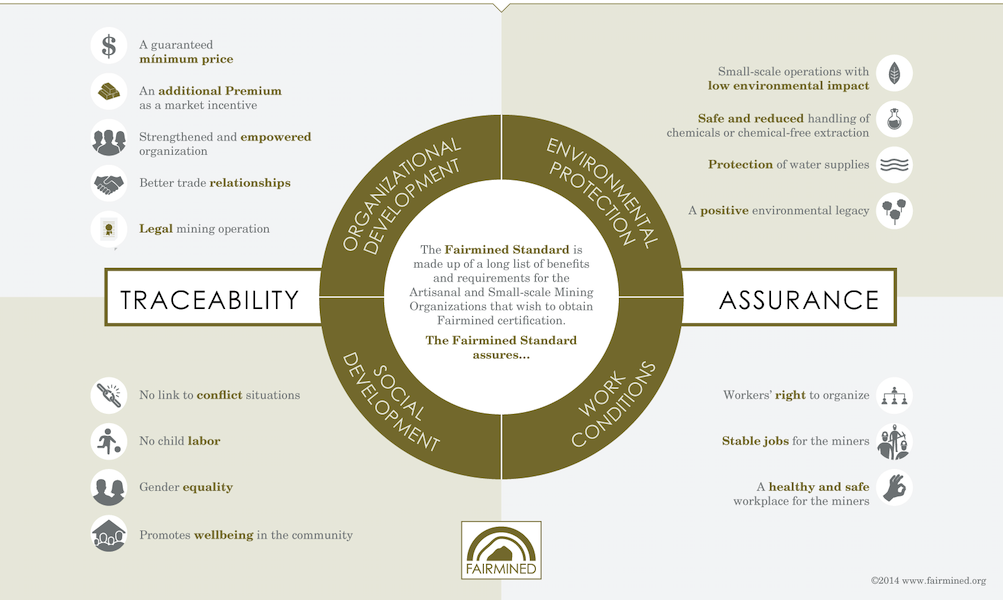The World Gold Council just released the results of what it believes to be the largest piece of consumer research ever conducted on gold.
The London-based organization questioned more than 18,000 investors and consumers in six countries—the United States, India, China, Canada, Germany and Russia—to discern their attitudes about gold as an investment and adornment.
Overall, the survey found that among the 6,115 consumers surveyed, 48 percent have bought gold in the past/would consider buying again, while 38 percent have never bought gold but haven’t ruled it out as a purchase.
Only 13 percent said they will never buy gold.
In the U.S., where 2,054 consumers were polled, those percentages broke down as 48 percent, 40 percent and 12 percent.
The survey also showed consumers are interested in where their gold comes from and what impact it has on the people who mine it.
And the younger consumers are, the more concerned they’re likely to be.
The conscious consumer
Ethical and environmental issues do not necessarily stop potential gold buyers from getting a piece, with only 23 percent of survey-takers citing these concerns as a barrier to purchase.
But when describing their ideal gold jewelry purchase, 70 percent of gold jewelry buyers said they would like to purchase pieces that are “produced ethically,” with minimal impact on the environment and fair and modern working conditions for those who mine it.
In an interview with National Jeweler on Monday, World Gold Council Director of Market Intelligence Alistair Hewitt said consumers want more information about the origin of their gold, and the industry could do a better job educating them.
“Responsibly sourced and responsibly mined gold is hugely important, and the vast majority of the gold mined in this world is produced in a responsibly sourced way,” he said.
“More could be done in communicating that to end consumers.”
Environmental concerns are particularly pronounced among Gen Z consumers, who are roughly 9 to 22 years old (though only those ages 18-22 were included in the survey).
Some members of this up-and-coming generation feel they face an uncertain future due to environmental destruction; they are the generation staging school strikes over climate change, sparked by one of their peers, 16-year-old Greta Thunberg of Sweden.

The survey shows currently, Gen Z consumers have bought, and intend to buy, less gold jewelry than their parents.
In the U.S., 18 percent of consumers ages 39 and up and 19 percent of millennials (ages 23-38) said they would buy gold jewelry within the next 12 months. That number slips to 11 percent among Gen Zers.
The biggest drop-off in Gen Z purchases of gold is in China, where only 12 percent of consumers in this age group intend to buy gold jewelry in the next year, compared with 37 percent of millennials and 42 percent of those age 39 and up.
